Low Impact Foods
Here at UW, we strive to reduce our environmental impact through our new low-impact foods initiative. Whether that is choosing foods with a low water usage, a fast harvest cycle, or a high efficiency, we aim to include these ingredients within our products. Additionally, while low-impact is our focus, the nutritional value of these food has also been considered. Students can expect sustainability without compromise to a healthy balanced daily diet.
February
Soy
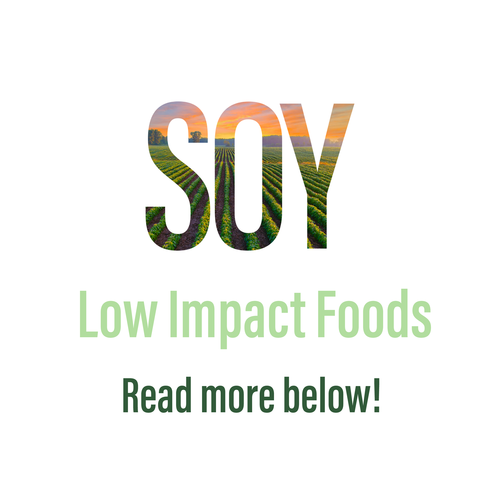
The CO2 emissions from one kilogram of soy milk is over three times less than a kilogram of cows' milk. VitaSoy can be found in various vending machines around campus.
Wild Rice
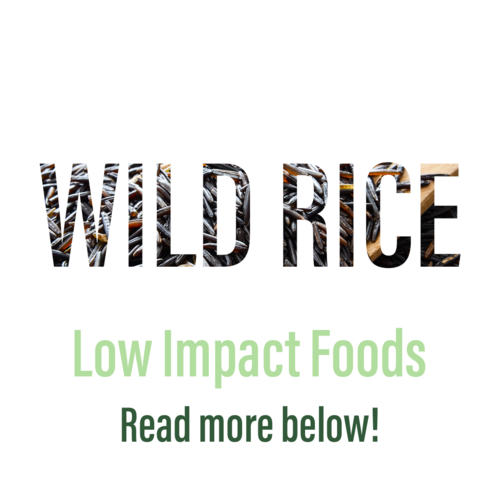
With as much as 30 times the antioxidants compared to white rice, this whole grain is sure to be nutritious. One dish which uses this grain is our Wild Rice Pilaf with Squash and Cranberry.
Seaweed
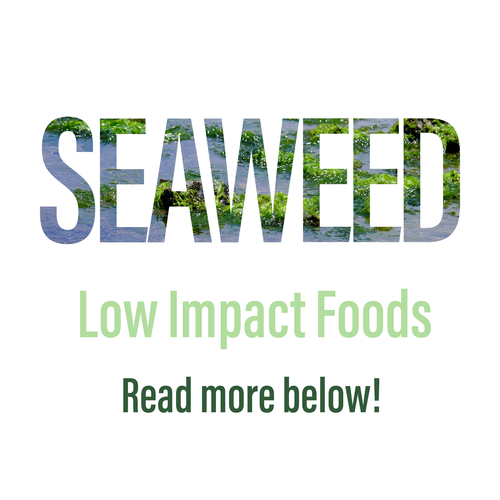
High in iodine and other minerals, seaweed is a nutritious and flavourful food. A key ingredient in sushi, seaweed can be found in our Fresh Express as well as in food outlets like Rolltation.
Quinoa
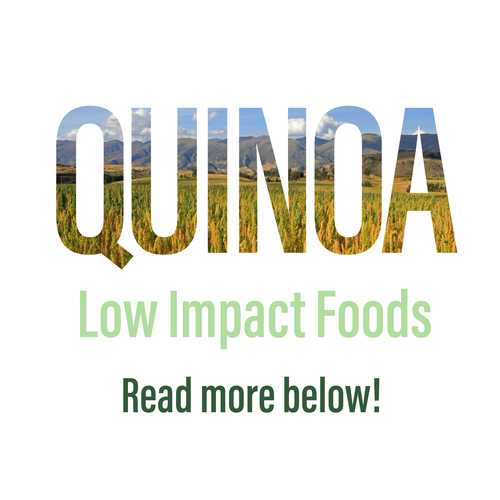
Pronunciation aside, quinoa is high in protein and copper. It is featured in dishes like our Spicy Quinoa & Black Beans.
March
Spinach
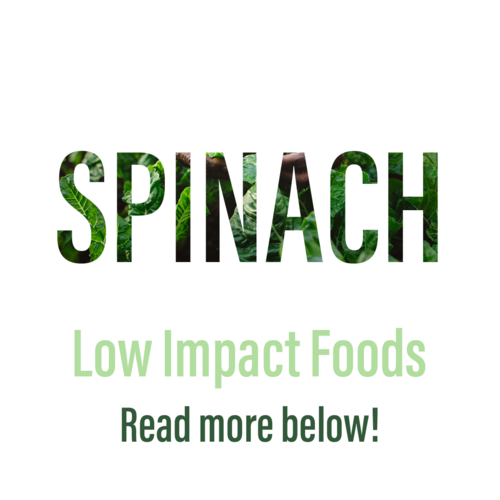
Containing comparable quantities of iron to meat sources, spinach is widely available in dishes like our Spinach Crepes or at our salad bars. As well, spinach can come in juice form when you order from Jugo Juice.
Black Beans
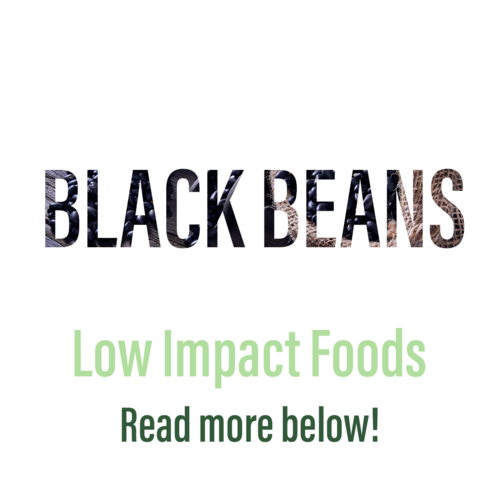
100 g of bean protein releases 0.84 kg of CO2 compared to 49.89 kg of emissions from an equivalent 100 g of beef protein. It is seen in dishes like our Spicy Quinoa & Black Beans.
Sesame
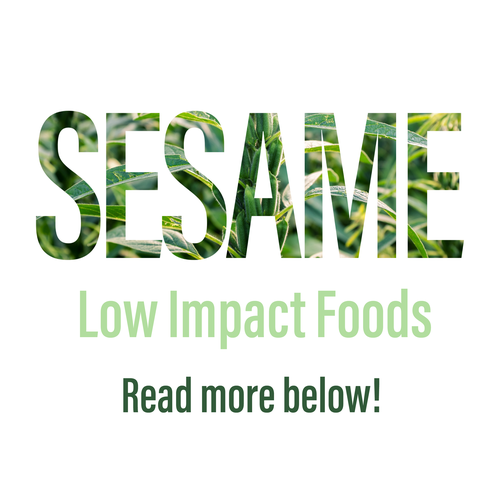
With key trace elements like manganese and selenium, sesame adds a powerful punch to your diet! Featured in dishes like our Ginger Beef Noodle Stir-Fry.
Walnuts

100 grams of protein from walnuts release only 0.26 kg of CO2 compared to the 5.7 kg of emissions from 100 grams of comparable pork protein. Often found in baked goods around campus, keep a lookout for walnuts in your food.
April
Sprouts
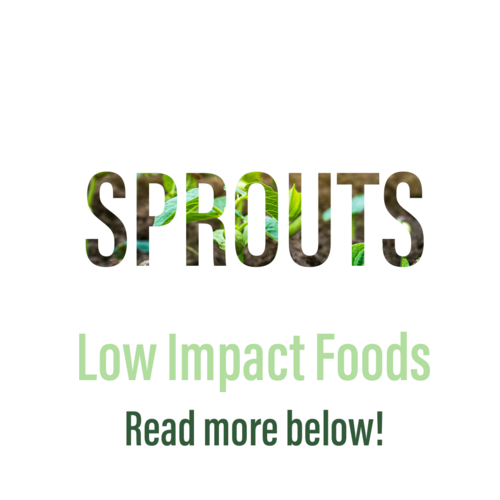
The germination process can double or even triple the nutritional content of sprouts compared to beans! Enzymes break down starches, increasing the available minerals and nutrients. Vegetable Pad Thai and other Asian dishes use sprouts.
Lentils
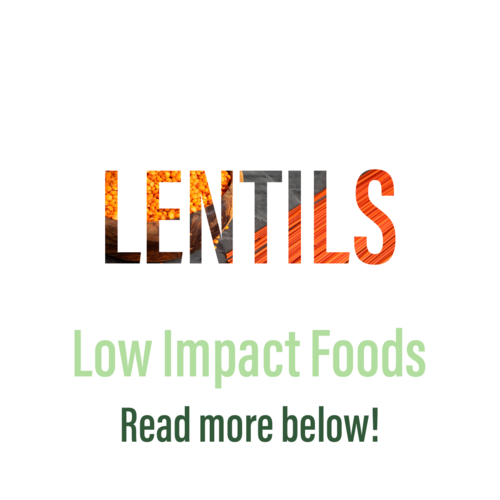
Originating from semi-arid regions of Africa and Asia, lentils naturally have a carbon footprint requirement 43 times lower than beef. In addition to the high protein, carbohydrates, and fiber, some lentil varieties maintain their texture once cooked, making them perfect for soup. In fact, lentils are found in dishes like our Sweet Potato and Red Lentil Casserole.
Mung
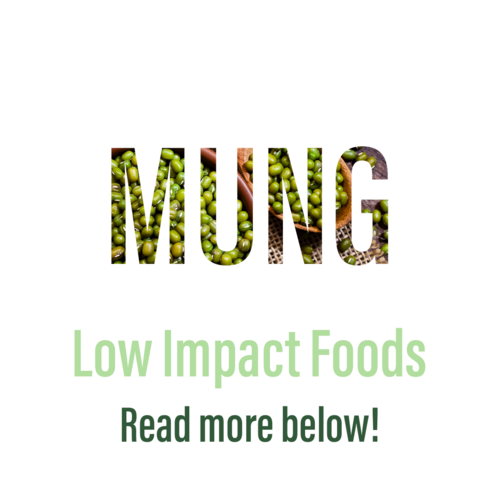
Mung beans are easy to grow, like the sun, are nitrogen-fixers, and are heat and drought-tolerant. High in protein and vitamin B, mung beans can be found in everything from noodles to ice cream to our Mung Bean Coconut Curry!
Kale
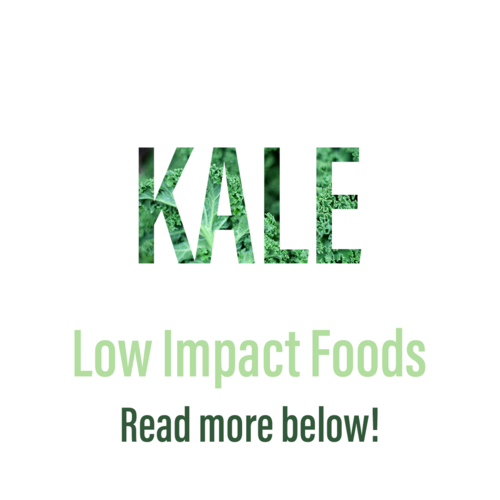
Surviving in weather as low as -15 degrees C, kale can be grown year-round, and is incredibly healthy. Vitamin A, K, C, copper, and manganese are just some of the nutrients inside. While there are many ways to prepare kale, smoothies, like the ones offered at Jugo Juice, are popular.





